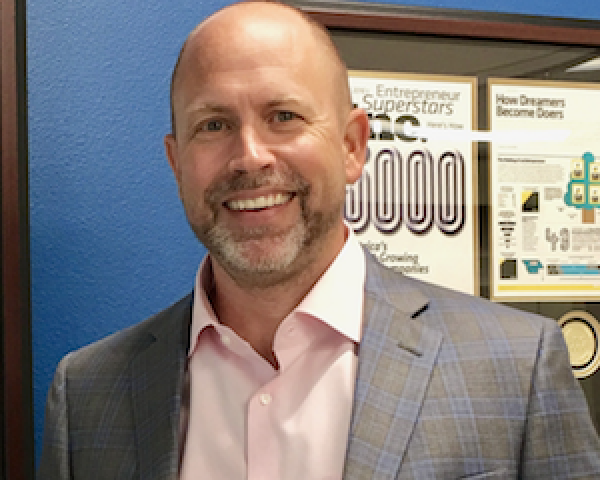In an industry buffeted by escalating vehicle complexity, accident severity and repair costs, companies wishing to improve customer satisfaction and their bottom lines must increasingly rely on modern technology to achieve more with less — to be more efficient with a smaller workforce.
Unfortunately, not all claims supervisors and managers recognize this fact. Even those who do sometimes prefer the “path of least resistance” to a journey outside their comfort zones.
Two types of claims managers
Today’s claims managers tend to fall into one of two categories: Innovative Visionary or Status Quo Preserver.
1.
Innovative visionaries are forward-thinkers who see the big picture. They focus on process improvement, cost-efficiencies and customer satisfaction. They incorporate and leverage new technologies to optimize workflow processes and drive higher performance. They understand that results are the ultimate benchmark of success. At the same time, they understand that enhancing their companies’ image to acquire and retain good customers is vital to future earnings.
2. By contrast, s
tatus quo preservers are driven by the mindset of “this is the way we’ve always done things, so why change?” Though they may not be conscious of it, they encourage fragmentation and inefficiency to promote job security. The more problems they create, the more they position themselves as solution-providers.
See also: Power of ‘Claims Advocacy’
These managers are fearful of making decisions — even easy decisions — that could improve the company’s performance and processes because they worry they’ll be made obsolete. They also cling to established vendor relationships, even when the companies do a poor job. Whether it’s that safe, “fuzzy” feeling managers get from dealing with “devils they know” or because of the pride they take in “empire building,” such managers always choose what’s best for themselves instead of what’s best for the company and the customers.
Careers are at stake
An orientation toward process improvement is vital for the future. If you’re a “status quo preserver,” you’re not just putting your company’s future in jeopardy, you're also putting your job and your career in jeopardy — maybe not
tomorrow but three or
four years from now.
New and Improved
While it’s true that the words “new” and “improved” don't always go together, much of the legacy software and status quo processes we’ve encountered are grossly inefficient.
Not long ago, for example, we began working with a client that was using so many un-integrated vendors to handle different parts of the claims process (salvage, parts, DRP, etc.) that the adjusters had to keep eight different browsers open on their computers to do their jobs. And many tasks had to be performed manually.
It doesn't have to be that way.
Forward-thinking carriers are quickly adopting process-improvement strategies and tactics. They realize that in a fast-changing claims environment, doing nothing risks losing customers to more agile, efficient and customer-centric competitors.
Too much hassle?
Some “status quo preservers”
do have a valid point when it comes to the hassle of moving to new software. Instead of providing clients with scalable, easy-to-use software that helps managers and employees
alleviate stress and become more productive, some vendors sell their products and walk away. IT departments and employees are left to figure out how to integrate and operate the new system. The best tech-solution providers don’t do that. Nor do good service providers, such as ACD.
See also: The One Thing to Do to Innovate on Claims
Of course, making the transition to new software is never seamless. There’s a learning curve associated with anything new. But in today’s supercharged competitive environment, the risks of doing nothing far outweigh the hassles of adopting more integrated, more efficient tech platforms.
With each passing day, the definition of “status quo” keeps moving forward. So the claims manager who tries to preserve the status quo is actually traveling
backward relative to the competition — and that’s a place no insurance company can afford to stay for long.


